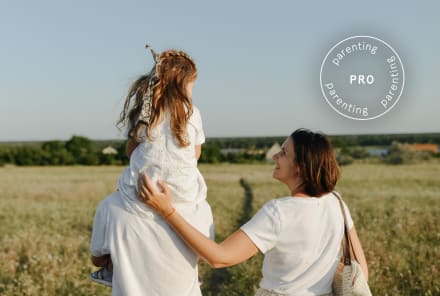Advertisement
Fear Of Rejection Holding You Back? Here's Your 6-Step Guide To Freedom


Think for a moment about what makes you feel open, free, warm, connected, and spontaneous with a person—and what makes you feel constricted. If you’re like most people, you feel open and alive with someone who is open and accepting, and you feel constricted with someone who is often shut down, angry, and judgmental. In other words, you likely feel safe when your partner is loving, and unsafe when he or she is being unloving.
But here's the challenge: How do you stay in an open, accepting place with a partner when that person triggers your fears of rejection—of losing that person, or your fears of engulfment—of losing yourself in the relationship? How do you generally respond when one or both of these fears are activated? Do you stay open and caring, or do you shut down or get angry or judgmental? And what does your partner do when you respond in these unloving ways? Do your reactions and your partner’s reactions create a lack of safety when each of you are being uncaring?
The secret to staying open and connected in the face of fear of rejection is to become strong enough to love—strong enough to keep your heart open, even in the face of fear. So, how do you get there? By taking your eyes off your partner’s feelings and behavior and focusing on learning to love yourself—which means learning to be open, caring, accepting and connected with your own feelings rather than being reactive.
Imagine that your feelings are your inner child. Which makes your inner child feel loved and safe? You showing up as a loving adult for your feelings, attending to what your feelings are telling you, and taking loving action on your own behalf, or you handing your inner child over to your partner, and then trying to have control over getting him or her to make you feel loved and safe?
Imagine if you kept trying to give your child away to someone else to love. Even if someone else did love the child, the child would always feel unsafe and rejected because of being rejected by you. The same is true in the inner level with your inner child. So shower your inner child with love.
The six steps of inner bonding.
The more you learn to love yourself by practicing the six steps of inner bonding, the safer and more loved your inner child will feel, the less you will fear rejection, and the more open and compassionate you'll be with your partner. Here are the six steps you need to keep in mind.
- Stay present in your body, connecting with your feelings and wanting responsibility for them.
- Be open to learning about the vital information that all your feelings are giving to you. Your feelings are a profound source of inner guidance
- Explore how you are treating yourself and what you are telling yourself that may be causing some of your painful feelings, and what the false beliefs are that may be limiting you.
- Learn to have two-way communication with your higher self to discover the truth about your false beliefs and the loving action toward your inner child.
- Take loving action on your own behalf and on behalf of others.
- Again, connect within to see if you feel better as a result of taking loving action.
When two people in a relationship learn to love themselves, sharing their love with each other becomes natural for them. This is when both of you will feel safe enough to be free, open, alive, and passionate with each other.
Watch Next
Enjoy some of our favorite clips from classes
Enjoy some of our favorite clips from classes
What Is Meditation?
Mindfulness/Spirituality | Light Watkins
Box Breathing
Mindfulness/Spirituality | Gwen Dittmar
What Breathwork Can Address
Mindfulness/Spirituality | Gwen Dittmar
The 8 Limbs of Yoga - What is Asana?
Yoga | Caley Alyssa
Two Standing Postures to Open Up Tight Hips
Yoga | Caley Alyssa
How Plants Can Optimize Athletic Performance
Nutrition | Rich Roll
What to Eat Before a Workout
Nutrition | Rich Roll
How Ayurveda Helps Us Navigate Modern Life
Nutrition | Sahara Rose
Messages About Love & Relationships
Love & Relationships | Esther Perel
Love Languages
Love & Relationships | Esther Perel











